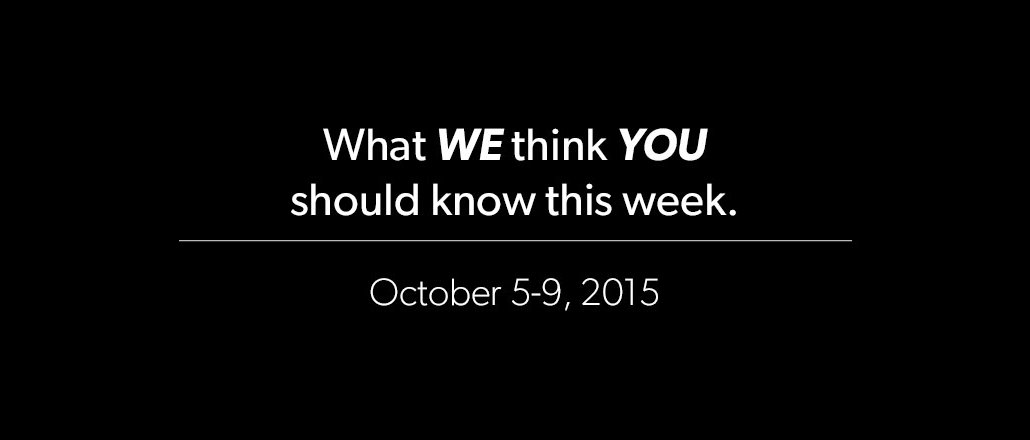
Here’s the best of Digiday reporting from this week in under a minute. Just enough to prime you for Friday’s cocktail hour:
Gawker Media isn’t the only publisher with a display ad problem. So it’s beefing up on native and e-commerce, where it gets one third of its revenue. Bye-bye banners and hello … snarky sponsored content?
Fewer teens hang out at the mall these days. So Abercrombie and Fitch, faced with sagging sales, needed a pivot. The retailer ditched its controversial CEO, as well as its shirtless Zoolanders, and went mobile: 60 percent of the company’s traffic and 30 percent of its revenue is now generated via phones and tablets.
Can you guess which brands are the world’s most valuable? Apple and Google top the list and this is for the third consecutive year. Both are worth more than 100 billion dollars. Just behind them are — surprise, surprise — more tech companies like Samsung, Microsoft, IBM and Amazon.
Speaking of Google, the search and advertising giant better watch its back: there’s competition a-comin’. AOL’s merger with Verizon and Microsoft adds up to an audience of 500 million users. AOL says these are “real authenticated people” who no doubt generate real authenticated data. Could it be a game-changer when it comes to advertising?
More in Media

Podcast companies turn to live events to capture growing advertiser spend
The surge in the number of live podcast events in 2025 reflects a broader shift: advertisers are betting bigger on podcasts — not just as an audio channel but as a full-fledged creator economy play.

Media Briefing: ‘Cloudflare is locking the door’: Publishers celebrate victory against AI bot crawlers
After years of miserably watching their content get ransacked for free by millions of unidentified AI bot crawlers, publishers were finally thrown a viable lifeline.

How Vogue could navigate potential industry headwinds as Anna Wintour — who agency execs say made ad dollars flow — brings on new edit lead
Anna Wintour’s successor at Vogue will have to overcome the myriad of challenges facing fashion media and the digital publishing ecosystem.





